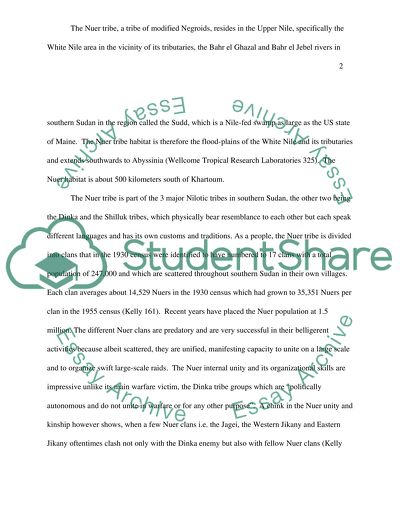Cite this document
(“The Nuer Tribe Essay Example | Topics and Well Written Essays - 3250 words”, n.d.)
The Nuer Tribe Essay Example | Topics and Well Written Essays - 3250 words. Retrieved from https://studentshare.org/miscellaneous/1513944-the-nuer-tribe
The Nuer Tribe Essay Example | Topics and Well Written Essays - 3250 words. Retrieved from https://studentshare.org/miscellaneous/1513944-the-nuer-tribe
(The Nuer Tribe Essay Example | Topics and Well Written Essays - 3250 Words)
The Nuer Tribe Essay Example | Topics and Well Written Essays - 3250 Words. https://studentshare.org/miscellaneous/1513944-the-nuer-tribe.
The Nuer Tribe Essay Example | Topics and Well Written Essays - 3250 Words. https://studentshare.org/miscellaneous/1513944-the-nuer-tribe.
“The Nuer Tribe Essay Example | Topics and Well Written Essays - 3250 Words”, n.d. https://studentshare.org/miscellaneous/1513944-the-nuer-tribe.


